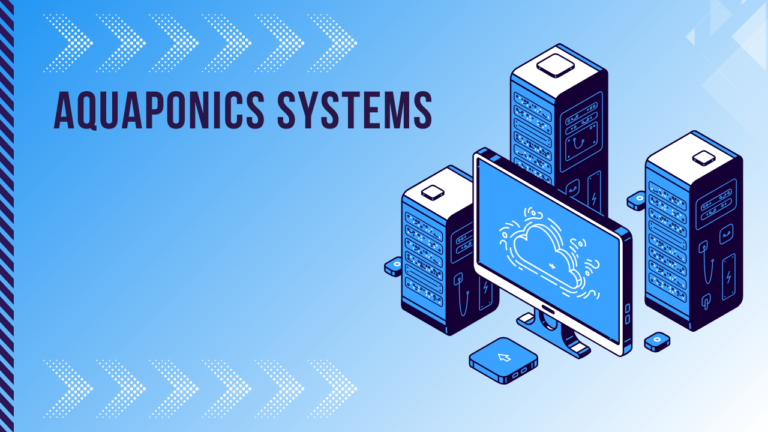Title: Best Indoor Plants for Vertical Gardens in Small Spaces: Maximizing Greenery in Compact Areas
Introduction Creating a lush, vibrant green space in small areas can be a challenge, but with the best indoor plants for vertical gardens in small spaces, it\’s entirely possible to transform even the most confined areas into verdant retreats. Vertical gardens are an ideal solution for urban dwellers and those with limited space, allowing you to maximize greenery without taking up valuable floor space. In this guide, we’ll explore the top indoor plants for vertical gardens, offer tips on creating and maintaining your garden, and answer common questions to help you get started.
Choosing the Best Indoor Plants for Vertical Gardens in Small Spaces
When selecting plants for a vertical garden in a small space, it\’s essential to choose varieties that thrive in confined conditions and require minimal maintenance. Here are some of the best indoor plants for vertical gardens that are perfect for small spaces:
- Pothos (Epipremnum aureum)
- Description: Known for its trailing vines and heart-shaped leaves, pothos is an excellent choice for vertical gardens. It thrives in low to bright indirect light and is incredibly forgiving of irregular watering.
- Why It’s Ideal: Its adaptability to different light conditions and minimal care requirements make it one of the best indoor plants for vertical gardens in small spaces.
- Snake Plant (Sansevieria trifasciata)
- Description: Snake plants are characterized by their upright, sword-like leaves and their ability to tolerate low light and infrequent watering.
- Why It’s Ideal: Its vertical growth habit and low maintenance make it a perfect fit for compact vertical gardens.
- Spider Plant (Chlorophytum comosum)
- Description: Spider plants have long, arching leaves and produce offshoots or \”babies\” that can be easily propagated.
- Why It’s Ideal: Its cascading growth and ease of care make it an excellent choice for adding greenery to small vertical spaces.
- Boston Fern (Nephrolepis exaltata)
- Description: Boston ferns feature delicate, feathery fronds that add a touch of elegance to any vertical garden.
- Why It’s Ideal: They thrive in humid environments and indirect light, making them well-suited for indoor vertical gardens in small spaces.
- Philodendron (Philodendron hederaceum)
- Description: With its glossy, heart-shaped leaves and trailing vines, the philodendron adds a touch of lushness to vertical gardens.
- Why It’s Ideal: It is easy to grow and maintain, requiring only occasional watering and indirect light.
Designing Your Vertical Garden
Once you’ve selected your plants, the next step is to design your vertical garden. Here’s how to get started:
- Choose the Right Structure
- Options: Consider using wall-mounted planters, hanging pockets, or modular vertical garden systems. The structure should complement your space and accommodate the growth of your selected plants.
- Consider Light and Placement
- Light Needs: Ensure that the location of your vertical garden provides adequate light for your plants. For those requiring low light, position them in shaded areas or use artificial grow lights.
- Select the Appropriate Growing Medium
- Soil Choice: Use a well-draining potting mix to prevent waterlogging. You can also use specialized vertical garden soil blends that support healthy root growth.
- Install a Watering System
- Efficient Watering: To minimize maintenance, consider installing a drip irrigation system or self-watering planters. This ensures your plants receive consistent moisture without frequent manual watering.
Caring for Your Vertical Garden
Proper care is essential for maintaining a thriving vertical garden. Here are some tips to keep your indoor plants healthy:
- Watering
- Frequency: Water your plants according to their needs. Generally, allow the soil to dry out between waterings for plants like succulents and pothos, while keeping the soil consistently moist for ferns.
- Fertilization
- Nutrients: Feed your plants with a balanced, water-soluble fertilizer every 4-6 weeks during the growing season. Avoid over-fertilizing, which can lead to nutrient imbalances.
- Pruning and Maintenance
- Trimming: Regularly trim dead or yellowing leaves to encourage healthy growth and maintain the appearance of your garden.
- Pest Control
- Prevention: Inspect your plants regularly for pests like spider mites or aphids. Use organic pest control methods such as neem oil or insecticidal soap if needed.
Subheading: Common Mistakes to Avoid with the Best Indoor Plants for Vertical Gardens in Small Spaces
To ensure the success of your vertical garden, avoid these common mistakes:
- Overwatering
- Issue: Overwatering can lead to root rot and other issues. Ensure you understand the water needs of each plant and adjust your watering routine accordingly.
- Neglecting Light Requirements
- Issue: Different plants have different light needs. Placing a low-light plant in a sunny spot can cause stress and damage. Be sure to match your plant’s light requirements with its placement.
- Improper Planting
- Issue: Planting in a too-small or unsuitable container can restrict growth. Ensure your plants have enough space to develop their root systems.
- Ignoring Growth Patterns
- Issue: Some plants may grow faster or larger than expected. Regularly check your vertical garden to ensure that plants are not overcrowding or outgrowing their space.
Subheading: Innovative Ideas for Best Indoor Plants for Vertical Gardens in Small Spaces
For a creative touch, consider these innovative ideas:
- Mix and Match
- Idea: Combine different types of plants, such as ferns with trailing pothos, to create a dynamic and visually appealing vertical garden.
- Use Unique Containers
- Idea: Repurpose items like old shoe organizers or wooden crates as planters to add a unique flair to your garden.
- Incorporate Vertical Garden Art
- Idea: Integrate decorative elements like hanging lanterns or small sculptures to enhance the visual appeal of your vertical garden.
- Vertical Herb Garden
- Idea: Create a vertical herb garden with plants like basil and mint. This not only adds greenery but also provides fresh herbs for your culinary needs.
Final Thoughts on the Best Indoor Plants for Vertical Gardens in Small Spaces
Embracing the best indoor plants for vertical gardens in small spaces allows you to enjoy the beauty and benefits of nature even in the most compact areas. By choosing the right plants, designing an effective vertical garden setup, and providing proper care, you can create a vibrant, low-maintenance green space that enhances your home environment. Vertical gardens are not only a solution for limited spaces but also an opportunity to express your creativity and bring a touch of nature indoors.
FAQs
1. What are the best low-light indoor plants for vertical gardens?
Pothos, snake plants, and philodendrons are among the best low-light indoor plants for vertical gardens. They thrive in indirect light and are ideal for small spaces.
2. How often should I fertilize my indoor vertical garden?
Fertilize your indoor vertical garden every 4-6 weeks during the growing season using a balanced, water-soluble fertilizer. Avoid over-fertilizing to prevent nutrient imbalances.
3. Can I use regular garden soil for my vertical garden?
It’s best to use a well-draining potting mix designed for indoor plants. Regular garden soil may be too dense and can lead to poor drainage in a vertical garden setup.
4. How do I handle pests in my vertical garden?
Regularly inspect your plants for pests and use organic methods like neem oil or insecticidal soap to control infestations. Keeping your garden clean and well-maintained also helps prevent pest problems.
5. Are there any plants that should be avoided in vertical gardens for small spaces?
Avoid plants with extensive root systems or those that require high maintenance. Large, fast-growing plants or those needing frequent watering may not be suitable for small vertical gardens.




